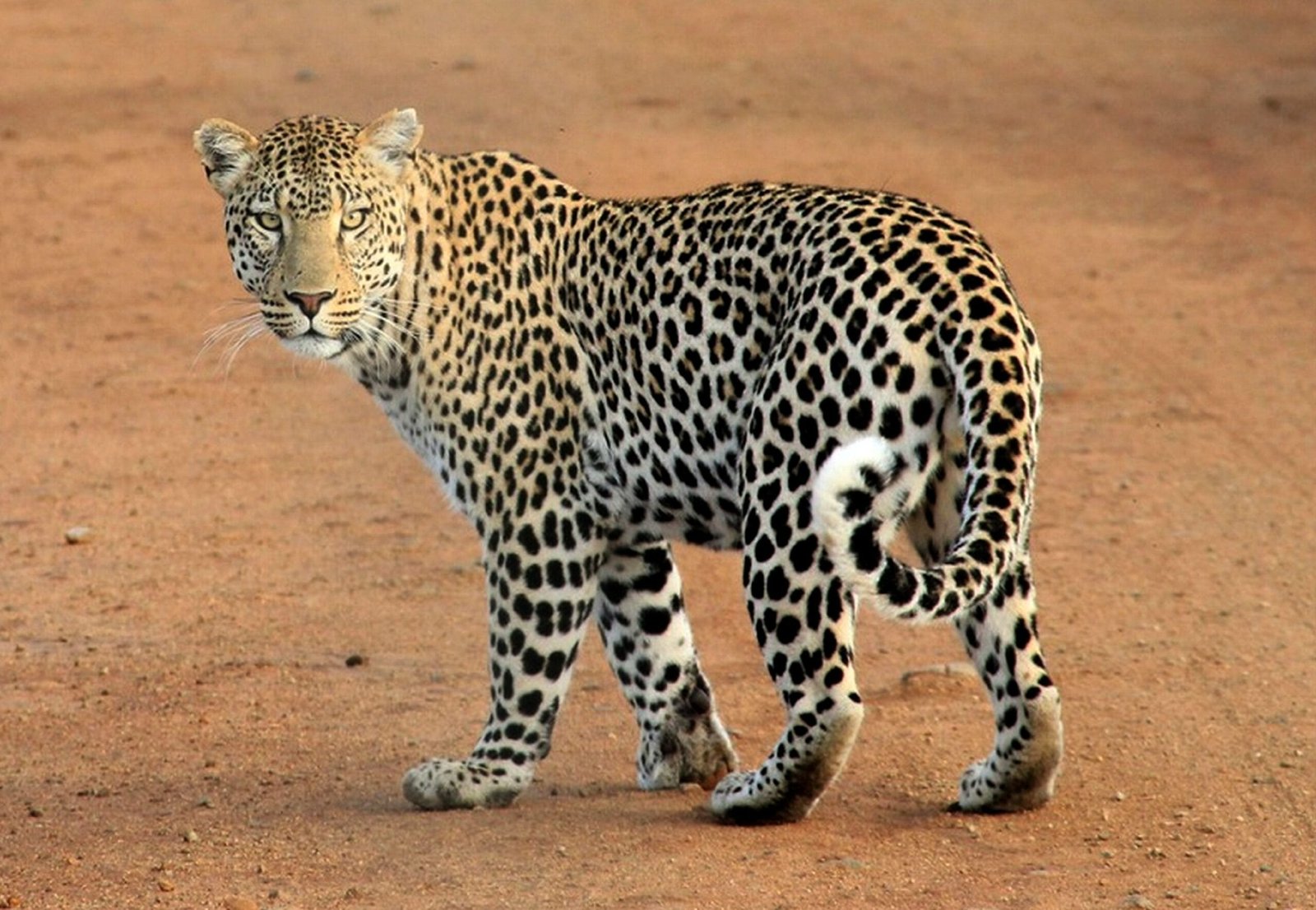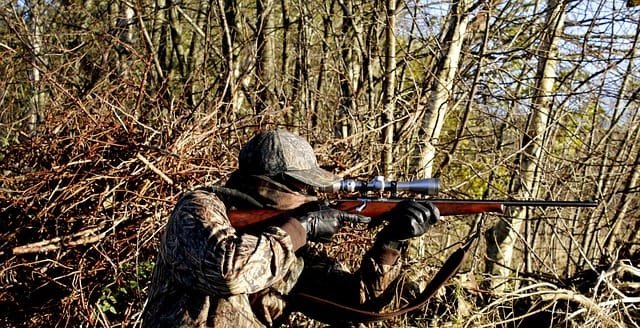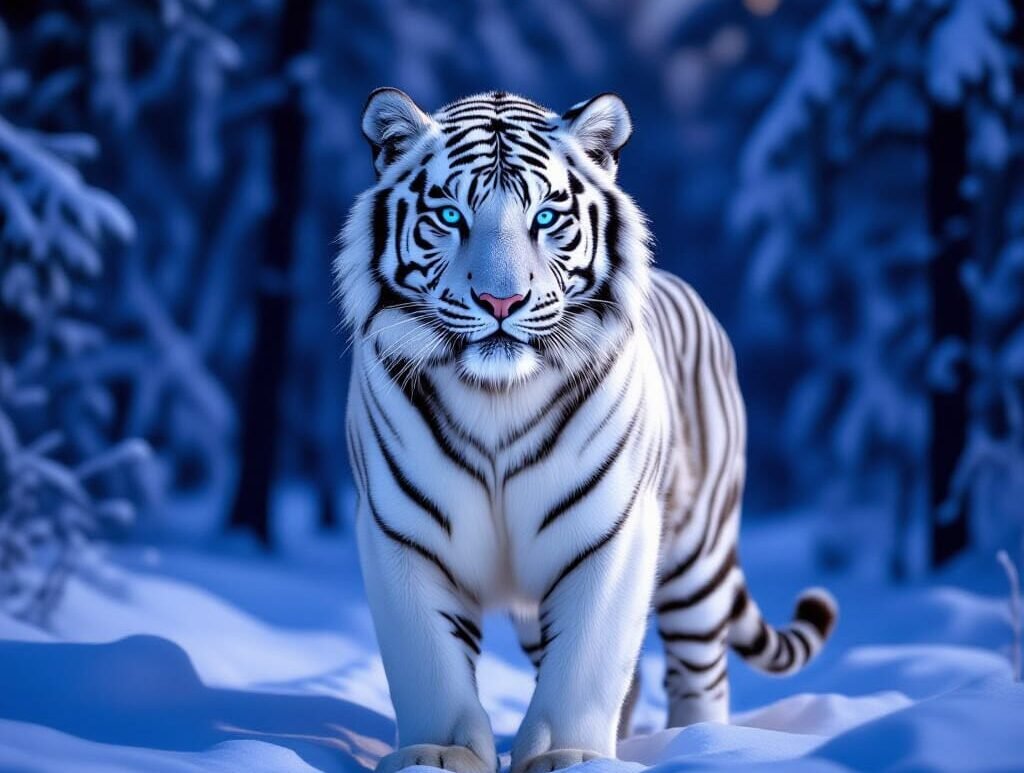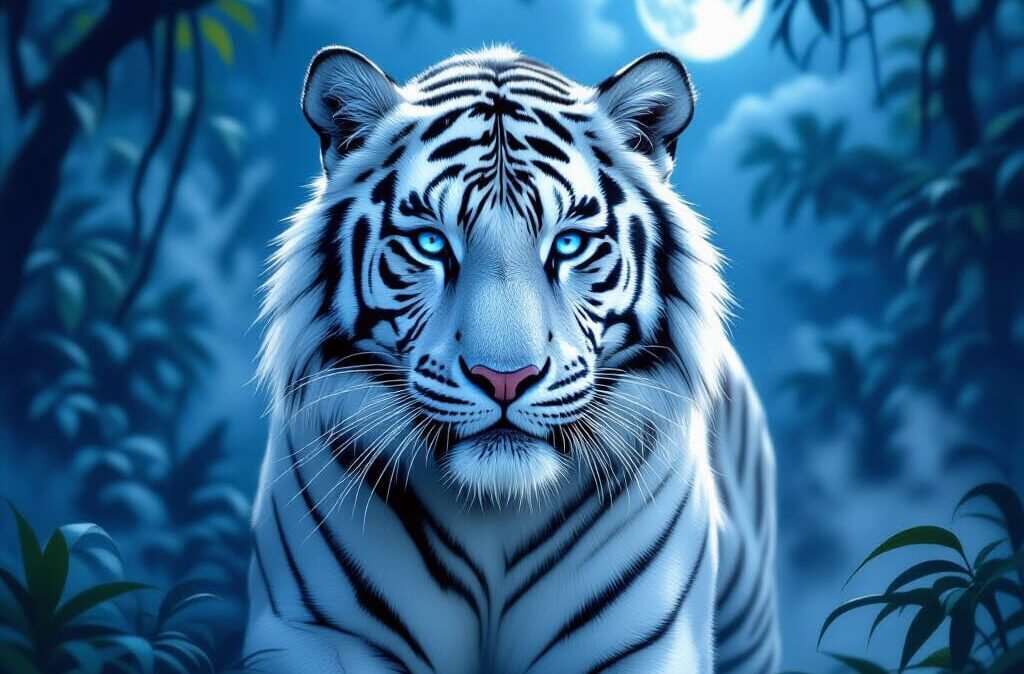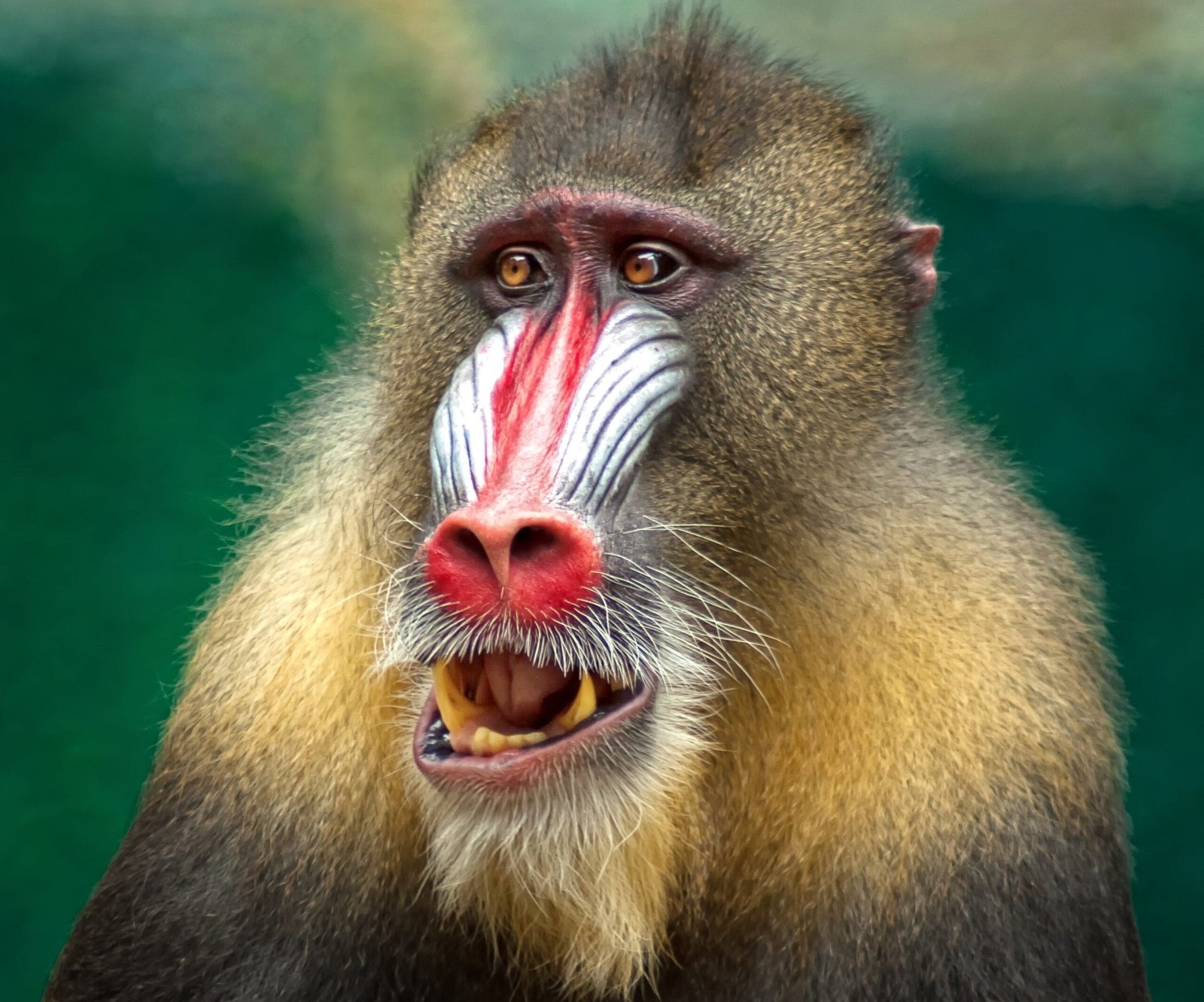The world’s wild animals are in crisis. They face many threats, including habitat loss, poaching, Pollution, and climate change. These threats put immense pressure on wild populations and put many species at risk of extinction.
The good news is that there are many things that we can do to help. By raising awareness of the threats to wild animals, we can pressure governments and businesses to take action. We can also support organisations working to protect wild animals and their habitats. Start learning about the threats that wild animals are facing and how you can help today!
Habitat loss is a significant threat to many species of wild animals.
As human populations grow and urbanize, natural habitats are often destroyed or fragmented, leading to the loss of habitat for many species.
Habitat loss occurs when natural habitats are destroyed or fragmented, often due to human activities such as urbanization, agriculture, and resource extraction. When habitat loss occurs, it can lead to a decrease in the population size of the affected species and, in some cases, can even lead to extinction.
Habitat loss can have several negative impacts on wild animals. For example, it can reduce the availability of food and shelter, leading to increased competition and conflict among animals. Habitat loss can also disrupt the balance of ecosystems, as different species depend on one another for survival.
How To Address And Prevent Habitat Loss
There are many ways in which habitat loss can be addressed and prevented. One critical approach is habitat protection, which involves setting aside land or water, such as national parks or nature reserves, as protected areas.
Habitat protection can help preserve the natural habitat of many species and provide opportunities for scientific research and education. Other approaches to habitat loss include responsible resource management, land-use planning, and conservation efforts focusing on preserving habitat corridors and connectivity between different areas.
Poaching is a significant threat to many species of wild animals.
Poaching is the prohibited hunting or harvesting of animals, and a demand for animal products such as ivory, fur, and meat drives it. Poaching can significantly reduce the population size of a species, and it can also disrupt the balance of ecosystems.
Poaching often occurs in areas with a high demand for animal products and where there is a lack of effective law enforcement to prevent it. In some cases, poachers are motivated by profit, while in others, they may be inspired by cultural or traditional practices.
Poaching can severely affect wildlife conservation, leading to the decline of threatened or endangered species and disrupting the balance of ecosystems. Many efforts are underway to address the problem of poaching and reduce the demand for illegal animal products.
These efforts include strengthening law enforcement efforts to combat poaching, increasing awareness about the negative impacts of poaching, and promoting alternative livelihoods for communities that rely on poaching as a source of income.
It is also essential to work to reduce the demand for illegal animal products by raising awareness about the impact of poaching and encouraging consumers to choose products that are sustainably and legally sourced.
Climate change is another major threat to wild animals.
Climate change directs to the long-term shifts in temperature and other aspects of the Earth’s climate, primarily caused by human activities such as fuming fossil fuels and deforestation. These activities release greenhouse gases, such as carbon dioxide, into the air, which trap heat and cause the Earth’s temperature to rise.
Climate change can have several negative impacts on wild animals, including:

- Changes in the distribution and behaviour of species: As temperatures rise, many species may need to migrate to new areas to find suitable habitats. This can lead to changes in the distribution and behaviour of species as they adapt to new conditions.
- Loss of habitat: Rising sea levels and other climate changes can lead to habitat loss for many species, particularly those that live in coastal areas or areas prone to extreme weather events.
- Changes in food availability: Climate change can affect the abundance and distribution of plants and animals serving food for other species. This can lead to changes in the population sizes of species that depend on these resources.
- Increased risk of disease: Changes in the climate can also affect the spread of diseases that affect wildlife, as certain conditions may become more or less favourable for transmitting these diseases.
It is essential to reduce greenhouse gas emissions and adopt sustainable practices that can help mitigate climate change’s impacts on wild animals and the ecosystems they inhabit.
How Pollution Negatively Impacts Wild Animals
Pollution is another threat to wild animals. Many species are affected by Pollution in the air, water, and soil. For example, pesticides and other agricultural chemicals can poison animals and damage their habitats.
Oil spills and different types of Pollution can also harm wildlife. Pollutants such as chemicals, plastic, and other waste can severely impact the health and survival of wild animals.
Chemicals released into the environment can accumulate in the bodies of animals, potentially causing severe health problems or even death.
Plastic Pollution, in particular, is a significant problem for many species, as animals can ingest or become entangled in plastic debris, leading to injury or death.
In addition to the direct impacts on individual animals, Pollution can also disrupt entire ecosystems and the relationships between species. For example, air pollution can alter soil and water chemistry, affecting the plants and animals that depend on them for survival.
People must reduce their pollution contribution and support efforts to protect wildlife and the environment. This can include simple actions like properly disposing of waste, using environmentally friendly products, and supporting conservation organisations and initiatives.
Overall, it is crucial to address these threats to protect wild animals and the ecosystems they inhabit. This can be done through conservation efforts, such as habitat protection, responsible resource management, and laws and policies that address these issues.
